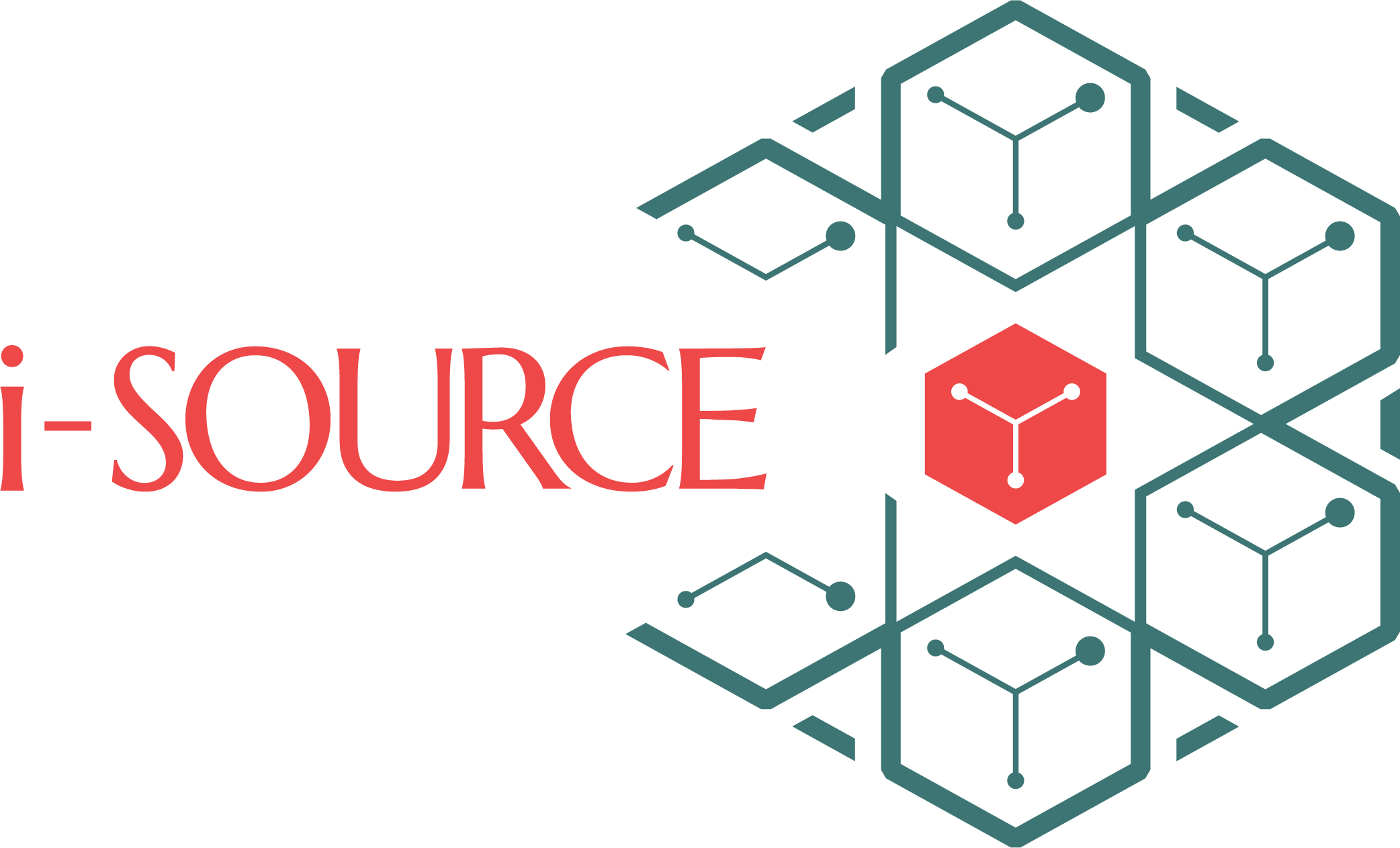Importance of technology integration in M&A
Background
Mergers and Acquisitions (M&A’s) are a routine business growth as well as competitive strategy adopted by companies globally, across industries and business sizes. For the most part, the enterprises involved do the required due diligence from a business perspective to ensure a smooth transition. However, not all M&A exercises are successful.
M&A’s fail for several reasons. In some cases, the companies are not a good fit for each other, or there could be disputes regarding the terms. Sometimes, business leaders are not able to agree on how best to take advantage of their combined strengths. M&A’s have also failed because the respective companies did not emphasize enough on the required technology due diligence, specifically Information Technology, leading to issues in bringing the two technology landscapes together to perform in a streamlined and efficient manner. This happens because
- the approach of companies to technology adoption varies widely
- a plethora of assets needs to be accounted for – software licenses, service agreements, equipment, policies, and hardware, which can be a complex task
A wide range of factors must all be accounted for to complete a successful merger or acquisition.
Why is IT integration so important?
Increasingly, enterprises the world over are building their entire business strategies on the foundation of information technology. Everything a company does involves technology – IT, OT or IoT – hence the increasing reliance on IT systems to manage operations, bring in efficiencies and innovation, and drive new market opportunities.
According to a market study by Bain & Co., more than 50% of business synergies – optimizing human resources, driving favorable commercial terms with vendors, bringing down infrastructure costs, and an overall reduction in operational costs – are technology-based, such that apart from leverage on the business front, the acquiring company seeks to gain advantage from the technology assets of the target company. More and more companies are now placing considerable emphasis on technology synergy as a value driver.
Role of IT in Post-Merger Integration (PMI)
Technology integration in M&A’s is an integral part of PMI success. Thus, technology-savvy companies, or those that Gartner refers to as digital natives, that have a sharp perspective on the key role of technology in M&A success, will be at an advantage during such critical maneuvers. It is hence fitting that the scope of any due diligence a company performs at an early stage of discussions, should place heavy emphasis on due diligence of digital infrastructures and strategies as well. Not doing so could lead to high chances of a deal breaking down, given the strategic importance of technology to business.
How to approach IT integration
Managing the technology integration process calls for a planned, comprehensive, and phased approach that factors in the objectives of the M&A exercise, from short-term to long-term. Very importantly, for IT integration to be done correctly, the companies involved must make sufficient investments of time, budgets, and expertise. Not investing the right resources at the correct time in the required quantum could lead to complexity and higher costs at a later stage. More complex the deal or more intricate the operational structures, the importance of IT integration only rises. However, companies can flip this challenge to enhance the deal value.
Due diligence at the pre-decision stage
Just like business due diligence before signing on the dotted line, conducting a technical due diligence exercise provides a peek into the future – what to expect during the actual integration – whether sufficient synergies could be drawn or the magnitude of the technology challenges that would need to be faced or the resources the integration would consume.
A review of the cultural differences between the two entities should constitute an important part of the diligence phase. Cultural differences could lead to a collapse of the process, as the respective sides might not be able to agree upon an acceptable approach.
Designing the IT integration model
Insufficient planning while designing an integration model or plan could make the PMI process more complex and costly. IT integration should be considered early in the process. A suitable integration model will emerge from a comprehensive understanding of the anticipated synergies, which in turn depend on the business integration model. An integration plan provides a blueprint for the CIOs to plan resources and prioritize efforts.
Constructing an integration strategy
An efficient IT integration is key to maximizing revenues and cost synergies at a later stage.
Successful IT leaders invest time up front to align top management with the IT integration plan. They move early and quickly. They capture synergies earlier such that a drawn-out integration exercise could be avoided and resulting talent drain could be reduced. They use the integration step as an opportunity to draw up a fresh technology strategy to incorporate the latest technologies and paradigms to maximum advantage. Bringing about digital transformation needs to be part of the integration objectives. It is an opportunity to optimize team strengths and roles and capture the best capabilities between both sides. It is also essential to focus energies on the right technology pieces to integrate, in the sequence thereof. Often, energy is dissipated on non-critical tasks, such as merging email or intranets.
The acquiring company’s IT team should demand access to the target company’s IT landscape – from architecture to asset lists to contracts to processes to human resources. Assessing the skills and capabilities and organizational structure of the target team is a crucial step, which helps uncover both opportunities as well as overlaps. They should also interview with key leaders from the other side. Once done, it helps them identify synergies and redundancies and estimate the associated costs.
Insufficient integration of people, processes and systems increases complexity and costs down the line. A failed integration effort results in inefficient processes, hampered productivity and higher operating costs.
The leadership ability of the CIOs involved is the lynchpin of this process. The CIO must lead the integration exercise. Apart from drawing up a well-thought-out integration plan, overseeing execution thereof is crucial. The due diligence needs to happen well in time. Volume of work involved during integration and associated costs, assigning people with the right skillsets for every task, to bring synergy, mitigate complexities, and minimize disruption to business, should be carried out.

